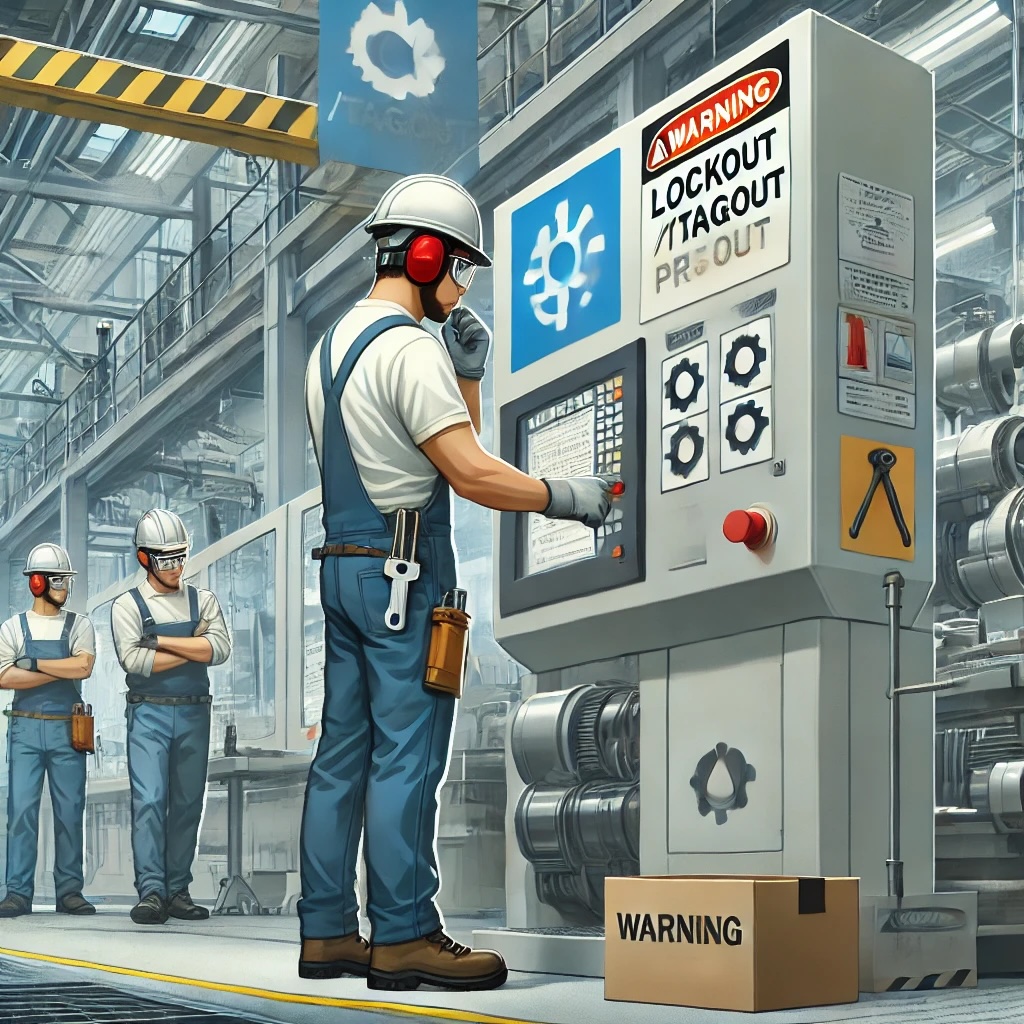Understanding and Preventing Manufacturing-Related Industrial Accidents: Key Statistics and Strategies
Manufacturing is one of the most essential sectors in the global economy, driving innovation, employment, and growth. However, the industry also faces significant risks when it comes to workplace safety. Industrial accidents are a serious concern for manufacturers, often resulting in injury, loss of productivity, and even fatalities. While regulatory standards have improved safety, accidents still happen at an alarming rate.
In this blog post, we’ll explore key statistics, the most common types of manufacturing accidents, and effective prevention strategies that can create safer workplaces.
Key Statistics on Manufacturing Accidents
The manufacturing sector accounts for a considerable share of workplace injuries and fatalities. According to the U.S. Bureau of Labor Statistics (BLS), the industry consistently reports one of the highest injury rates among all sectors. Here are some critical numbers to understand the scope:
- In 2022, there were approximately 400,000 nonfatal injuries reported in the U.S. manufacturing sector.
- The rate of workplace injury in manufacturing is 3.3 incidents per 100 full-time workers, higher than the national average across all industries.
- Fatalities in manufacturing totaled around 340 cases annually, with machinery and transportation-related accidents leading the cause.
These figures underscore the importance of proactive measures to reduce hazards in manufacturing environments.

Most Common Manufacturing Accidents
Understanding the most common types of accidents can help employers identify risk areas and implement targeted prevention strategies. Here are the leading causes of injury in the manufacturing sector:
1. Slips, Trips, and Falls
These accidents are often caused by uneven surfaces, spilled liquids, or cluttered workspaces. In fact, slips and falls are responsible for nearly 25% of all workplace injuries in manufacturing, ranging from minor bruises to severe head injuries and fractures.
2. Caught-in/Crushed by Machinery
Working with heavy machinery poses significant risks. Accidents involving employees being caught in or struck by moving parts, machines, or collapsing equipment can result in catastrophic injuries or fatalities. These accidents are among the deadliest, often involving amputations and crush injuries.
3. Repetitive Motion Injuries
Long-term exposure to repetitive tasks without proper ergonomic support can lead to musculoskeletal disorders (MSDs). Injuries like carpal tunnel syndrome, tendonitis, and chronic back pain are common among assembly line workers or those operating machinery repetitively.
4. Exposure to Hazardous Materials
Manufacturing environments that handle chemicals or toxic substances have a higher risk of accidents involving harmful exposure. This can lead to skin burns, respiratory issues, or long-term illnesses such as occupational asthma.
5. Fires and Explosions
Industrial fires and explosions can occur due to flammable chemicals, poor maintenance of electrical systems, or failure to properly store hazardous materials. These incidents can lead to severe injuries, property damage, and sometimes large-scale disasters.
Prevention Strategies for Safer Manufacturing Environments
Preventing industrial accidents requires a multifaceted approach, focusing on equipment, workplace culture, and regulatory compliance. Here are some effective strategies manufacturers can employ to reduce risk:
1. Safety Training and Education
Training employees to recognize and respond to potential hazards is essential. Regular safety drills, equipment handling tutorials, and hazard awareness programs ensure that workers are equipped with the knowledge to avoid accidents.
2. Maintenance and Inspection of Equipment
Faulty or poorly maintained machinery is one of the leading causes of accidents. Establishing a routine maintenance schedule and performing inspections before and after each shift can help identify potential issues before they escalate.
3. Implementing Lockout/Tagout Procedures
Lockout/Tagout (LOTO) is a safety protocol used to ensure that machines are properly shut off and not restarted during maintenance or repair work. Proper use of LOTO can significantly reduce accidents involving machinery.
4. Personal Protective Equipment (PPE)
Providing appropriate PPE—such as helmets, gloves, goggles, and protective clothing—ensures that employees are shielded from potential injuries. Employers should enforce strict PPE usage policies and provide workers with gear that meets safety standards.
5. Ergonomic Workplace Design
For repetitive motion injuries, creating ergonomically sound workstations can reduce strain on workers’ bodies. Adjustable chairs, anti-fatigue mats, and mechanical aids for lifting heavy objects can minimize physical wear and tear on employees.
6. Risk Assessments and Incident Reporting
Regular safety audits and risk assessments help identify potential dangers in the workplace. An open incident reporting system also encourages workers to report hazards or near misses without fear of reprisal, fostering a proactive safety culture.
7. Compliance with Safety Regulations
Ensuring compliance with industry-specific safety standards such as OSHA (Occupational Safety and Health Administration) regulations is critical. Employers should stay updated on the latest safety laws and implement required safety measures consistently.
Conclusion: Safety as a Culture, Not a Compliance Checkbox
While manufacturing accidents can have severe consequences, they are preventable with the right strategies in place. By fostering a culture of safety—where training, equipment maintenance, and employee well-being are prioritized—manufacturers can significantly reduce the likelihood of workplace injuries and fatalities.
Accident prevention isn’t just about following regulations; it’s about building a work environment where safety becomes second nature to every employee. Whether through better training, regular maintenance, or adopting new technologies, a commitment to safety pays off in both human and economic terms.
Call to Action
For manufacturers looking to enhance their safety programs, it’s important to stay informed about industry trends and emerging risks. Investing in employee training and keeping up with the latest safety technologies can go a long way in safeguarding your workforce.
If you’re ready to take your workplace safety to the next level, start by conducting a thorough risk assessment today!